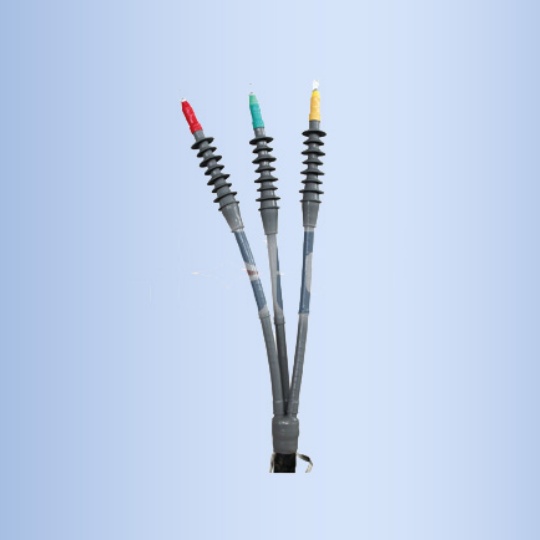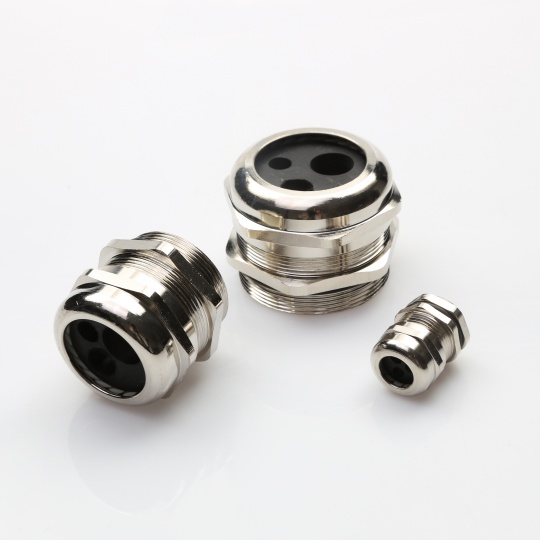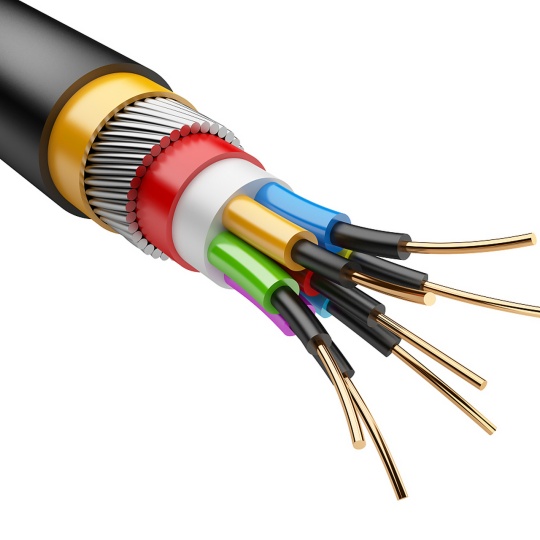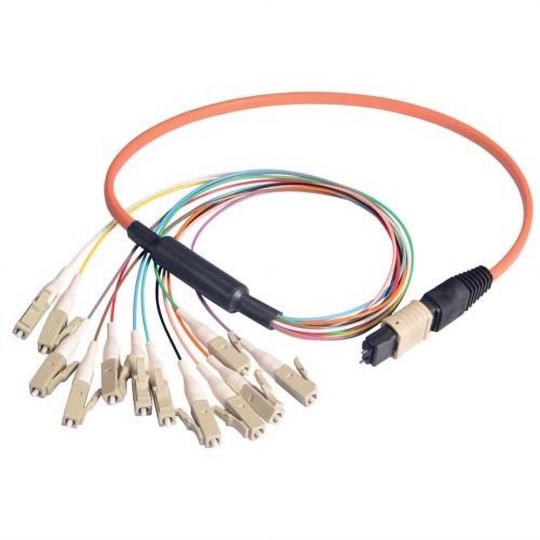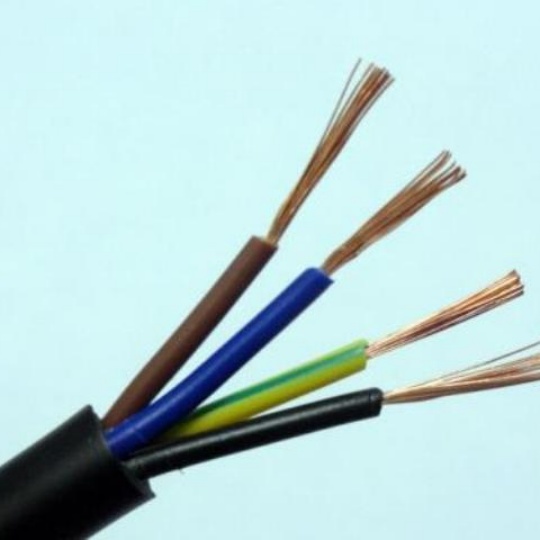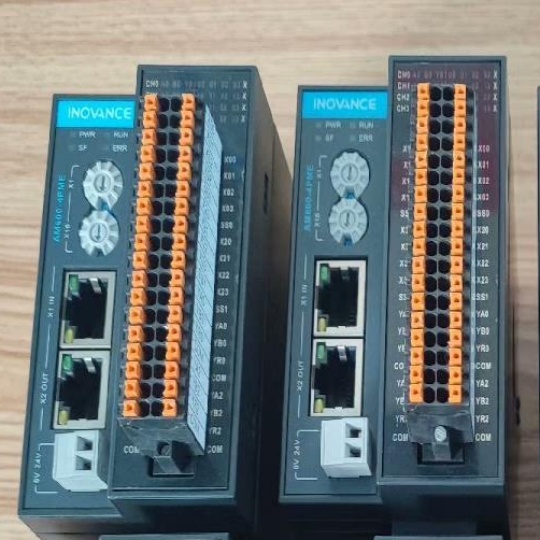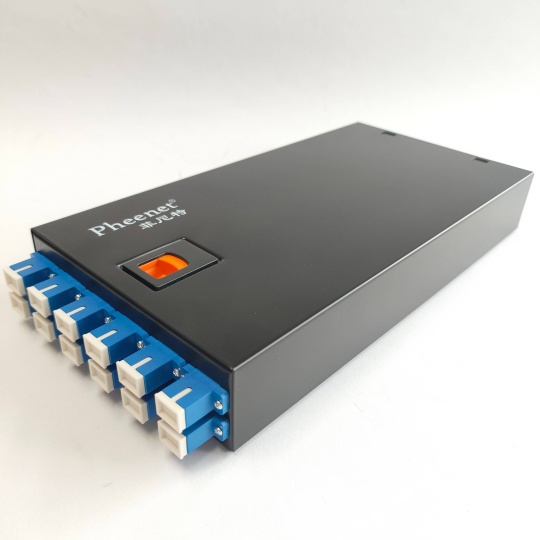Why Do Industrial Cable Assemblies Fail in High-Humidity Environments...
Industrial environments demand reliable connectivity, but high humidity poses a unique and persistent threat to cable assemblies. Understanding why these failures occur is crucial for selecting the right components and ensuring uptime, especially in manufacturing plants, offshore platforms, marine applications, tropical regions, and any setting battling persistent moisture. Let’s explore the core mechanisms behind humidity-induced cable failures:
1. Corrosion: The Silent Killer of Conductors and Contacts
- The Process: Moisture, especially when combined with airborne contaminants like salt (common in coastal or marine environments) or industrial chemicals (sulfur, chlorides), creates highly conductive electrolytes. This leads to electrochemical reactions.
- Targets: Exposed metal surfaces suffer most:
- Connector Pins/Contacts: Corrosion builds up on mating surfaces (tin, copper, nickel), increasing contact resistance. This manifests as intermittent signals, voltage drops, data errors, or complete connection loss. Gold plating offers better protection but can be porous if thin; thick gold or silver plating is preferred.
- Wire Strands: Moisture wicking into cable ends or through damaged jackets can corrode individual copper strands. This increases resistance and generates heat, potentially leading to localized hot spots and failure.
- Shielding: Corrosion of braided or foil shielding compromises its effectiveness against EMI/RFI, leading to signal degradation and noise susceptibility.
2. Insulation Degradation & Tracking
- Absorption & Swelling: Many polymer insulations (like PVC, some polyurethanes) absorb water vapor over time. This causes physical swelling, which can:
- Alter electrical properties (dielectric constant, loss tangent), affecting signal integrity, especially at high frequencies.
- Reduce mechanical strength, making the insulation more brittle or prone to cracking.
- Hydrolysis: High humidity and elevated temperatures accelerate a chemical reaction called hydrolysis, where water molecules break down the polymer chains in certain insulation materials (like some polyesters or low-grade PVC). This permanently degrades insulation resistance and mechanical properties.
- Electrical Tracking (Creepage Current): Surface contamination (dust, salts) combined with moisture creates a conductive film on the insulation surface. When high voltage differentials exist between adjacent conductors (like in a connector header), leakage current can flow across this surface. Over time, this carbonizes the polymer, creating permanent, low-resistance tracks that eventually cause short circuits, even after drying out.
3. Connector Seal Failure and Cavitation
- Gasket Degradation: Rubber gaskets, O-rings, and overmolds designed to seal connectors can absorb water (especially lower-grade silicones or rubbers). This can cause swelling (leading to loss of sealing pressure) or eventual degradation through hydrolysis.
- Thermal Cycling Pressure: Humid air trapped inside a connector cavity expands significantly when heated during operation. When the assembly cools down (e.g., shutdown), the air contracts, creating a vacuum. This “pumping” action forces moist air into the connector. Repeated cycles accelerate internal corrosion.
- Poor Crimp/Boot Seals: If the cable entry boot or wire crimp terminal-to-insulation seal is inadequate or damaged, moisture has a direct path along the conductor strands into the connector body.
4. Conductor Oxidation
- Even without aggressive salts, pure water vapor in high humidity can lead to the slow oxidation of exposed copper conductors. Copper oxide is a semiconductor, increasing resistance and potentially causing heating at connection points or within stranded wire.
5. Conductive Anodic Filamentation (CAF)
- The Hidden Danger (Especially in PCBs & Molded Connectors): In assemblies where conductors are embedded in a dielectric material (like inside molded connectors or printed circuit boards within connectors), CAF can occur under high humidity and voltage bias.
- The Process: Electrochemical migration of metal ions (typically copper) occurs along the microscopic interfaces between the dielectric material and glass fibers (in PCBs) or through polymer matrix imperfections. This forms conductive filaments that grow over time, eventually causing short circuits between adjacent pins or traces. It’s insidious because it happens deep within the assembly.
Consequences of Failure:
- Intermittent Signals/Noise: Corrosion increases resistance, causing signal dropouts or errors.
- Complete Signal/Data Loss: Broken conductors or severely corroded contacts.
- Short Circuits: Caused by tracking, CAF, or catastrophic insulation failure.
- Overheating & Fire Risk: Due to increased resistance or shorts.
- Equipment Damage: Failed cable assemblies can damage expensive connected machinery or controls.
- Unplanned Downtime & Costly Repairs: Replacing assemblies in harsh environments is often time-consuming and expensive.
Mitigating Humidity Failures: Key Strategies
Preventing these failures requires a holistic approach focused on materials, design, and protection:
- Material Selection is Paramount:
- Connectors: Choose high-quality connectors designed for harsh environments. Look for:
- Robust Sealing: High IP Ratings (IP67, IP68, IP69K), multiple sealing points (contacts, cable entry, housing interface).
- Corrosion-Resistant Contacts: Thick gold plating over nickel underplating offers excellent protection. Silver can tarnish but is often used for higher power. Avoid bare tin plating in humid conditions.
- Stable Housings: Thermoplastics like PBT or PPS withstand moisture absorption and hydrolysis better than cheaper materials. Use of internal desiccants.
- Cable Jacketing & Insulation: Specify polymers inherently resistant to hydrolysis and moisture absorption:
- High-Performance Choices: Cross-Linked Polyolefins (XLPO, XLPVC), Fluoropolymers (PTFE, FEP, PFA), specific high-grade Polyurethanes (PUR), Thermoplastic Elastomers (TPE).
- Avoid Standard PVC: It absorbs significant moisture and degrades via hydrolysis and plasticizer leaching.
- Seals: High-quality silicone (low water absorption), fluorosilicone (better chemical resistance), or specialized elastomers (EPDM) are preferred.
- Design & Manufacturing Integrity:
- Effective Sealing: Ensure connectors are properly assembled and compressed seals (O-rings, gaskets) are free of nicks or debris. Use high-quality cable entry boots/adapter glands with proper strain relief and sealing. Potting or overmolding critical connections significantly enhances protection.
- Conformal Coating: Applying a protective layer (silicone, urethane, acrylic) over sensitive areas like PCBAs within connectors provides an excellent barrier against moisture and contamination.
- Proper Strain Relief: Prevents cable flexing that could compromise seals or lead to internal wire breaks exposing conductors.
- Tinned Conductors: Tinning the exposed copper strands can slow oxidation and wicking, though not a substitute for overall sealing.
- Environmental Control (Where Possible):
- Use enclosures with environmental control (heating, ventilation) to reduce ambient humidity around critical connection points.
- Apply hydrophobic sprays carefully for exterior protection (ensure compatibility with materials).
Conclusion: Humidity Reliability Demands Proactive Engineering
Failure of industrial cable assemblies in high-humidity environments is not inevitable; it results from specific, well-understood physical and chemical processes attacking vulnerable points—contacts, insulation, seals, and conductors. By recognizing these failure modes – corrosion, insulation degradation, connector cavitation, oxidation, and CAF – engineers and procurement specialists can make informed decisions.
The solution lies in rigorously selecting components designed and manufactured for high-humidity operations (using corrosion-resistant materials, superior sealing, and stable dielectrics), ensuring impeccable assembly and sealing practices, and implementing robust environmental protections. Investing in cables and connectors built to withstand the relentless challenge of moisture pays dividends through enhanced system reliability, minimized costly downtime, and prolonged operational life, even in the dampest industrial settings.


